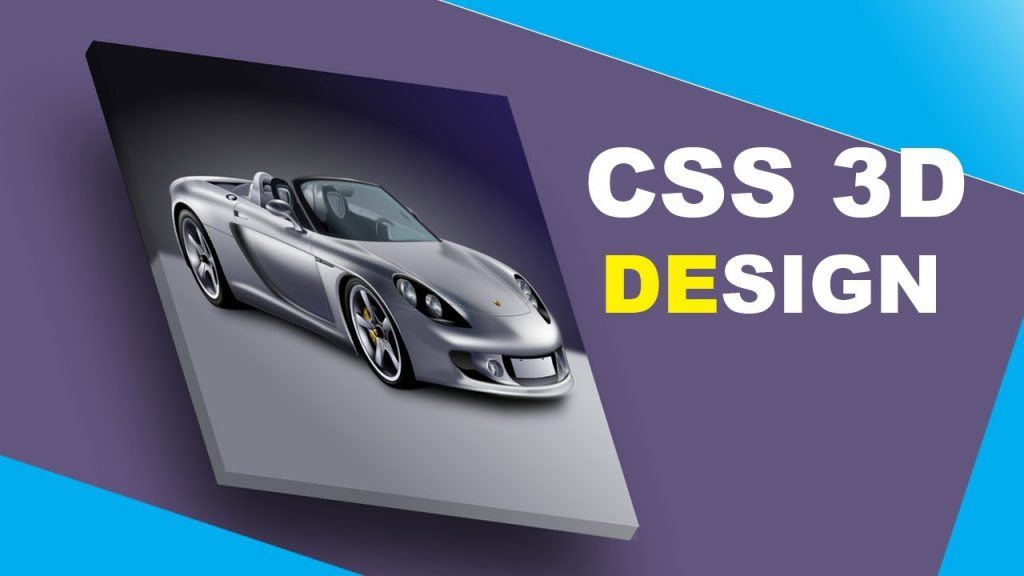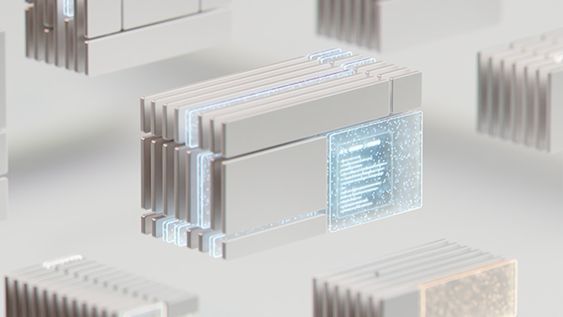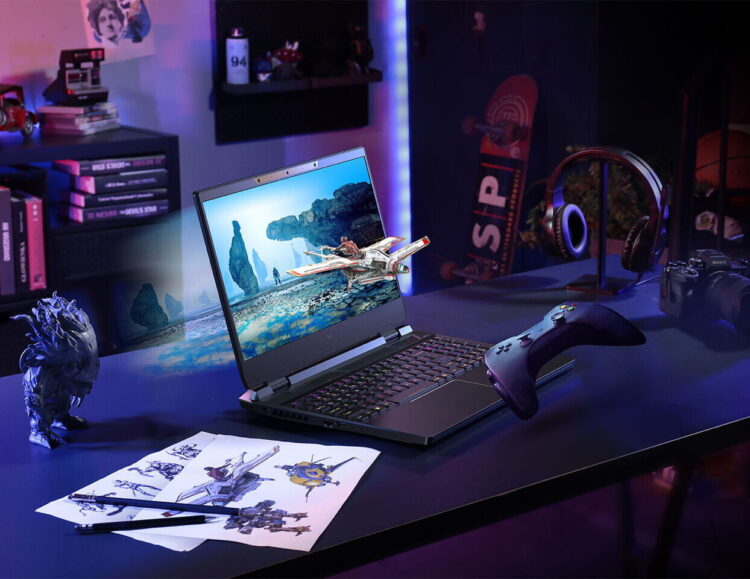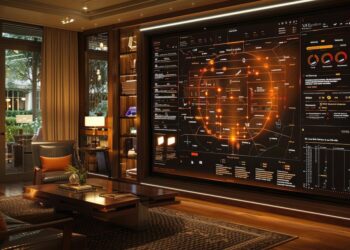In the constantly evolving world of digital design, one thing is clear: motion is no longer just a “nice to have” it’s becoming a must have. Among the most exciting trends shaking up the user interface (UI) world is 3D motion design. It’s flashy, engaging, and if done right, it can turn any digital experience into something unforgettable.
But with great power comes great responsibility and also some serious design challenges.
So, how exactly is 3D motion redefining the boundaries of UI design? Let’s break it down in a way that’s easy to understand, fun to follow, and practical for designers, developers, and anyone curious about where digital interaction is headed.
What is 3D Motion in UI?
3D motion refers to animations or transitions in a digital interface that use depth, perspective, and movement across three dimensions. Unlike traditional 2D interfaces that only move up/down or left/right, 3D interfaces give users the feeling of moving into or around an interface, almost like navigating through space.
Imagine rotating a product in a virtual showroom, swiping through floating content cards, or watching elements morph smoothly as you scroll that’s the magic of 3D motion.
Why It’s Taking Over UI Design
Let’s face it: users today have high expectations. Static interfaces just don’t cut it anymore. People crave experiences that are dynamic, immersive, and visually rich. 3D motion delivers all of that and more.
Here’s why it’s getting so popular:
A. Visual Wow Factor
Let’s start with the obvious: it just looks cool. When users see a 3D effect, they instantly feel like they’re interacting with something high end. That “wow” moment can make a huge difference in user perception, especially in industries like gaming, fashion, and tech.
B. More Natural Interaction
We live in a 3D world, so it makes sense that interfaces feel more intuitive when they reflect that reality. 3D motion mimics real world physics like inertia, gravity, and depth which makes interactions feel smoother and more natural.
C. Storytelling Superpower
3D motion helps tell a story without words. It guides users’ attention, transitions between sections seamlessly, and sets the tone for the entire experience. It’s like having an invisible narrator guiding the user journey.
The Technical Side: How It Works

3D motion design blends art with code. It often involves:
A. CSS 3D Transforms & WebGL
CSS has come a long way. With tools like transform: rotateX() and perspective(), developers can simulate depth without needing complex code. For more advanced 3D graphics, WebGL allows for real time rendering inside the browser.
B. Frameworks and Libraries
Tools like Three.js, GSAP, and Babylon.js make it easier to build interactive 3D experiences. They provide pre built functionalities, so designers and devs don’t have to reinvent the wheel.
C. Hardware Acceleration
Modern GPUs are powerful enough to handle these animations smoothly but not every device is equal. Performance testing is key to ensure a seamless experience across platforms.
Benefits of Using 3D Motion in UI
Let’s dig into the upsides, because they go way beyond just eye candy.
A. Improved User Engagement
Interactive, animated interfaces keep users around longer. They’re more fun to explore, which naturally increases time on site and decreases bounce rate.
B. Enhanced Usability
When motion is used with purpose, it guides users, signals change, and provides feedback. It helps reduce cognitive load by showing users what’s happening, rather than forcing them to guess.
C. Stronger Brand Identity
3D motion can become a unique brand signature. Think of the way Apple products glide or how Tesla’s UI feels futuristic that’s not an accident. Motion supports branding.
Challenges & Limitations
Of course, 3D motion isn’t all fun and games. There are hurdles that designers and developers need to watch out for:
A. Performance Issues
Heavy animations can slow down interfaces, especially on older devices. If the UI lags or stutters, users will notice and they won’t be happy about it.
B. Accessibility Concerns
Not all users experience motion the same way. Some people with vestibular disorders may feel dizzy or uncomfortable with too much movement. Designers must provide options to reduce or disable motion.
C. Complex Development
Creating 3D animations takes more time, skill, and testing. There’s a steep learning curve for both designers and developers, and maintenance can be tricky.
Best Practices for 3D Motion in UI

If you’re thinking about adding 3D motion to your interface, keep these tips in mind:
A. Start Small
You don’t have to go full VR on your first try. Simple depth effects or smooth transitions can make a big impact without overwhelming the user.
B. Prioritize Performance
Use tools and techniques that ensure your motion doesn’t come at the cost of speed. Optimize images, test on multiple devices, and watch out for memory usage.
C. Respect User Preferences
Always include motion-reduction settings for users who need it. Not everyone wants their screen to move like a sci-fi movie.
D. Focus on Function, Not Just Flair
Yes, 3D motion looks great but if it doesn’t help the user accomplish something, it’s just fluff. Motion should support the purpose of the interface.
Future of 3D Motion in UI
We’re just getting started. With technologies like AR, VR, and spatial computing on the rise, 3D motion will only become more important in the future of UI design.
Imagine interfaces that feel like stepping into a room rather than just tapping a screen. That’s the kind of future designers are starting to build and 3D motion is the foundation.
3D motion isn’t just a flashy trend it’s a fundamental shift in how we think about digital experiences. When used wisely, it can elevate design from functional to phenomenal, from usable to unforgettable.
But like any powerful tool, it has to be used with care, intention, and a deep understanding of the audience. Whether you’re designing your first 3D interface or just curious about where UI is headed, one thing’s for sure.










